The Human Tooth Crown and Root Morphology – The Arizona State University Dental Anthropology System (ASUDAS) is a comprehensive classification system developed by Dr. Joel D. Irish and Dr. Turner. It’s designed to categorize and describe the variation in tooth morphology observed in human populations. Here’s an overview of what the ASUDAS entails:
- Classification System: The ASUDAS provides a standardized classification system for describing the morphological features of human tooth crowns and roots. It categorizes these features into discrete traits, which can then be used to compare and analyze dental variation across populations.
- Crown Morphology: The system includes a set of standardized criteria for assessing crown morphology, including the presence or absence of specific crown traits such as cusps, grooves, ridges, and accessory cusps. These traits are coded and recorded for each tooth, allowing for quantitative analysis of dental variation.
- Root Morphology: In addition to crown morphology, the ASUDAS also includes criteria for assessing root morphology. This includes the number, shape, and arrangement of roots, as well as the presence of specific root traits such as furcation morphology and root curvature.
- Applications: The ASUDAS has various applications in dental anthropology, archaeology, forensic anthropology, and clinical dentistry. It can be used to study patterns of dental variation within and between populations, reconstruct past dietary and behavioral patterns from dental remains, and aid in the identification of human remains in forensic contexts.
- Research and Education: The ASUDAS serves as a valuable tool for researchers and educators in the fields of dental anthropology and archaeology. It provides a standardized framework for documenting and analyzing dental morphology, facilitating comparative studies and data sharing among researchers.
Overall, the Human Tooth Crown and Root Morphology – The Arizona State University Dental Anthropology System (ASUDAS) is an important resource for studying and understanding the variation in human tooth morphology and its implications for evolutionary biology, population history, and forensic science.














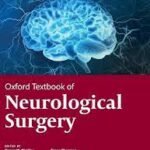
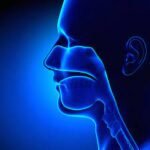

 Prepladder Notes
Prepladder Notes Stethoscope
Stethoscope Plab Books
Plab Books Radiology Books
Radiology Books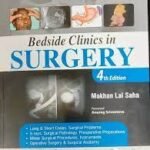 Surgery Books
Surgery Books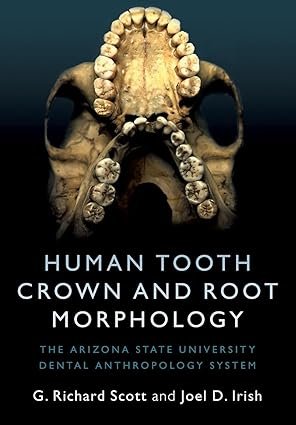
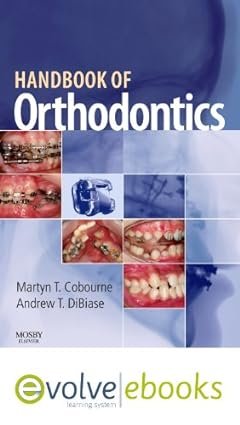
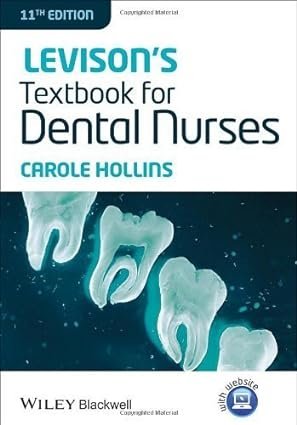


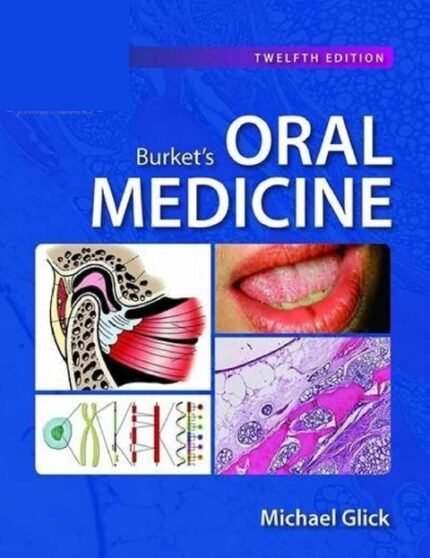
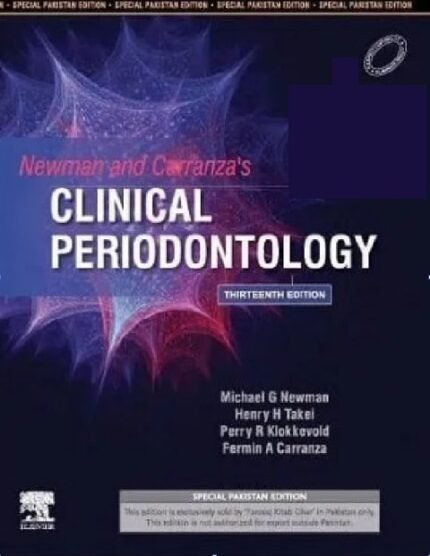


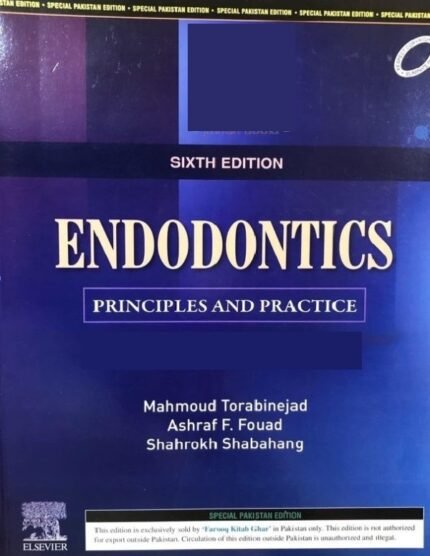

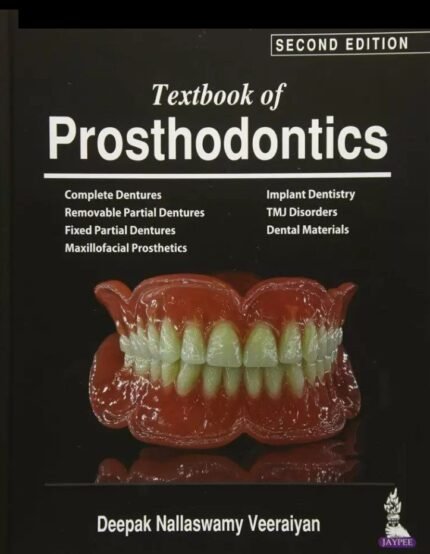
Reviews
There are no reviews yet.